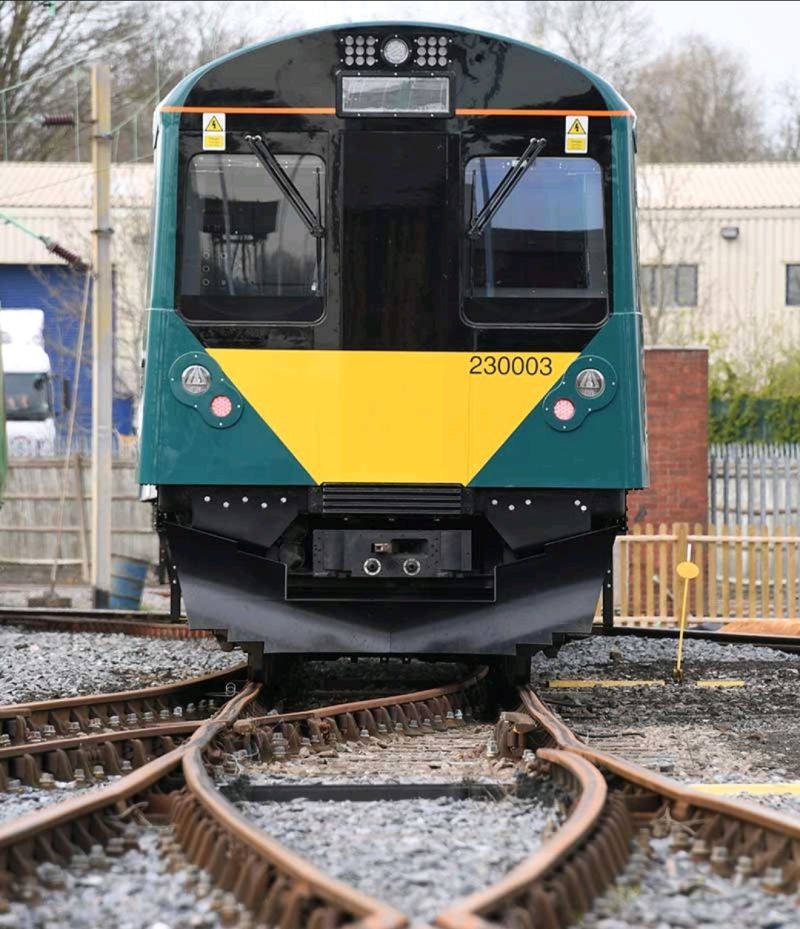Viva Rail
Battery Powered Trains.
Over the last couple of years, Robstech Consulting Ltd have been working very closely with Vivarail Limited, an innovative UK train supplier, in providing new designs of power electronic solutions for their battery powered trains. Their Fast Charge enabled, battery powered Class 230 train will be entering in to service on the West Ealing to Greenford line later this year. We shall continue to support Vivarail moving forward having provided prototype designs for future projects.

Electric Battery-Powered Trains – Everything You Need to Know
With battery-powered trains becoming more commonplace in many cities around the world, it is important to understand the ins and outs of this technology. From the batteries used to power them and their advantages over traditional railway systems to what they cost and how they compare, this guide will help you understand the technology behind battery-powered trains.
What Are Electric Battery-Powered Trains?
Electric battery-powered trains are railway systems that use rechargeable batteries to power the train instead of traditional overhead wires or diesel engines. These trains are becoming increasingly popular due to their environmental benefits and cost-effectiveness compared to other forms of transportation. They have many advantages over traditional railway systems as they are quieter, more efficient, and have lower emission levels.
How Do Battery-Powered Trains Work?
Electric battery-powered trains contain a series of batteries, typically lead-acid or lithium-ion, that are connected in series and can be charged quickly. Once fully charged, the batteries release electricity to the electric motors which drive the train forward. The electricity is then recycled through regenerative braking, which captures energy from the slowing vehicle and sends it back to the battery for reuse.
What Are the Advantages?
Electric battery-powered trains have several advantages over traditional trains. Firstly, they can reduce emissions by up to 90% when compared with diesel-fuelled locomotives. Additionally, they eliminate the need for ongoing infrastructure investments and provide a quieter, smoother ride as well as faster acceleration and deceleration rates. Furthermore, electric battery-powered trains are able to store more energy than diesel locomotives, meaning that their range can be further extended.
What Components Make Up an Electric Battery-Powered Train System?
An electric battery-powered train system is made up of several key components. The power and control systems for the trains are powered by lithium-ion batteries, which can provide enough energy to take a train and its passengers along a pre-determined route. These systems also include sensors, such as distance measurement devices and track maintenance equipment that can be used to monitor track conditions and safety. Additionally, trains will require both communications and computer systems to communicate with their base stations, manage customer information and control engine speed.
How Can I Get Involved?
Getting involved in developing electric battery-powered trains is an exciting and promising opportunity. Engineers, designers, technicians and both hardware and software specialists can all offer their skills to this new and rapidly growing area. Companies involved in the development of electric railway systems are often looking for help with the engineering, design and development of their locomotives, wayside equipment, power supply systems and communications systems. Furthermore, technical support staff such as system testers, software engineers, quality assurance personnel and maintenance workers will also be needed to keep these systems running efficiently. Vist the Rail Traction page for more information.
#powerelectronics #ukrail #renewableenergy #ukmanufacturing
See the original post on Linkedin






